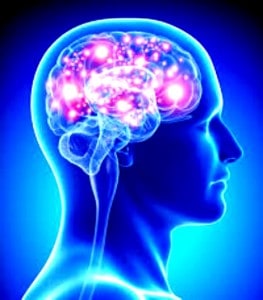
The researchers used a facial recognition test to induce predictive errors in their subjects. Instead of showing normal faces, they used Mooney faces, which are black-and-white images of faces. In their test, the researchers also violated two primary expectations of facial recognition: that faces are shown upright and that light comes from above. This drastically reduced the participants’ ability to make predictions and rapidly identify faces.
The facial recognition task was a method for testing the Predictive Coding Theory, which hypothesizes that when the brain’s prediction does not match what it sees, it switches to higher-order processing. A recent finding from another study showed that brain wave frequency increases when signals go to higher-order brain areas.
The findings confirmed the Predictive Coding Theory. Professor Michael Wibral from Goethe University’s Brain Imaging Center said of the results, “We were also able to show that the intensity of these ‘error brain waves’ increases along with the time necessary for recognition. This shows that these brain waves don’t just initiate a correction, but also play a causal role in our perception.”
These brain waves appear to be significantly impaired in people with autism spectrum disorder and schizophrenia. This research could lead to a better understanding of these disorders and may lead to more effective methods for helping patients correct predictive errors.
This research is published in the Journal of Neuroscience.
Previous news in sensory processing:



 © 2025 Unyte Health US Inc.
© 2025 Unyte Health US Inc.